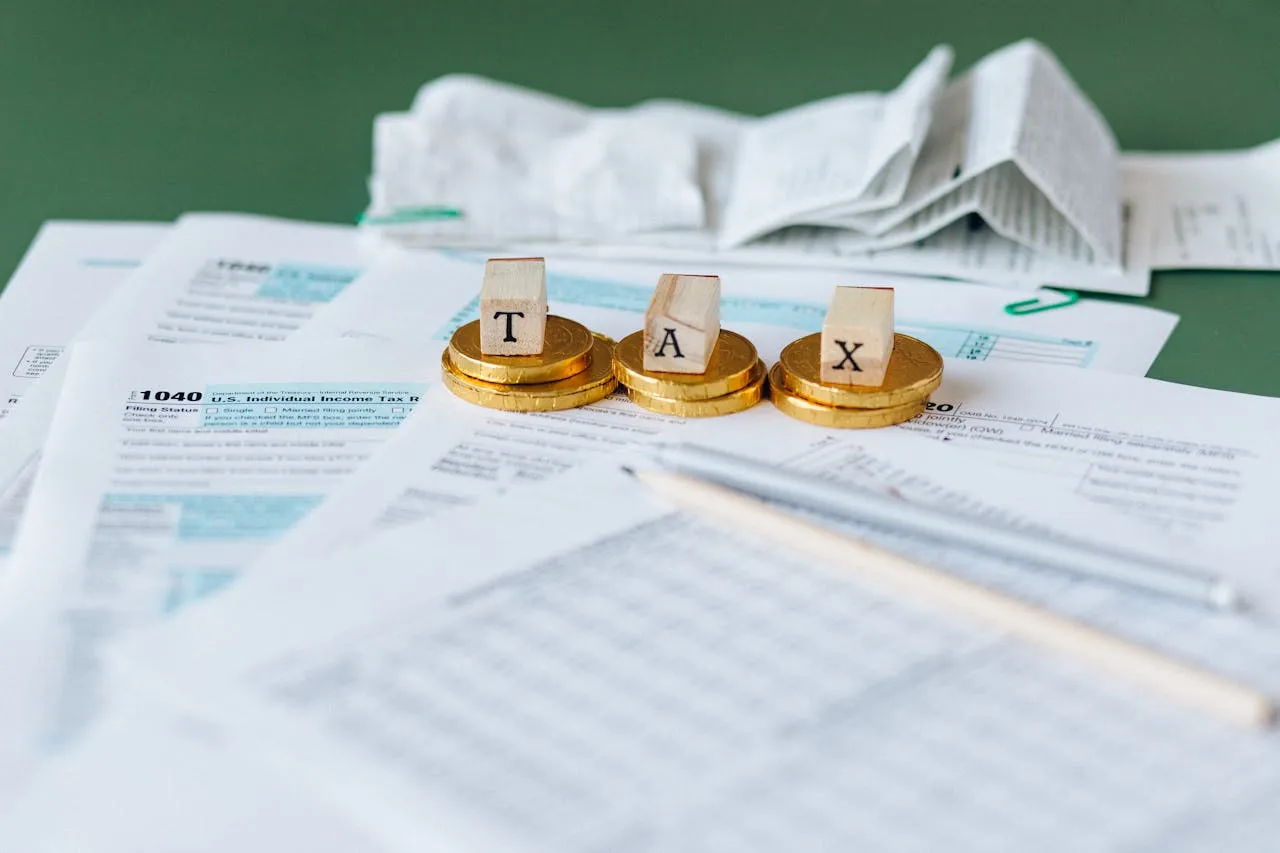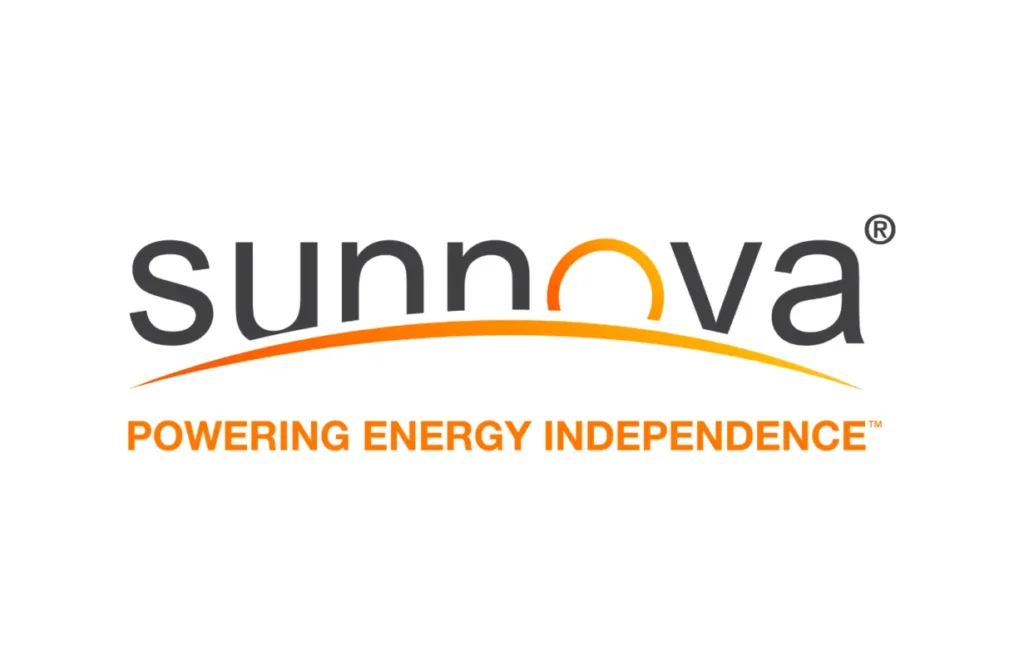
Sunnova Implements Tax Plan to Safeguard Net Operating Losses
Sunnova Energy International Inc. (“Sunnova”) has announced that its Board of Directors has adopted a shareholder rights plan, commonly known as a “Tax Asset Preservation Plan.” This strategic move is designed to protect the long-term interests of the company and its shareholders by ensuring the continued availability of Sunnova’s net operating loss carryforwards (NOLs) and other tax-related benefits under the Internal Revenue Code. By implementing this plan, Sunnova seeks to safeguard its financial position and maximize the value of its tax assets, which could otherwise be at risk due to changes in stock ownership.
Significance of Sunnova’s Net Operating Loss Carryforwards
As of December 31, 2024, Sunnova reported approximately $1.4 billion in U.S. federal NOLs. These tax assets provide a significant advantage by allowing the company to offset future federal taxable income, potentially reducing tax liabilities and improving overall financial stability. However, the Internal Revenue Code (IRC) imposes strict limitations on the utilization of NOLs in the event of an “ownership change,” as defined under Section 382 of the IRC.
An ownership change occurs when “5-percent shareholders” collectively increase their ownership in the company’s stock by more than 50 percentage points over a rolling three-year period. If this threshold is exceeded, Sunnova’s ability to utilize its existing NOLs could be substantially restricted, thereby diminishing their financial benefits. In response, Sunnova has introduced the Tax Asset Preservation Plan to mitigate the risk of such an ownership change and protect these valuable tax attributes.
Mechanics of the Tax Asset Preservation Plan
The Tax Asset Preservation Plan is specifically structured to discourage any individual investor or group from acquiring 4.9% or more of Sunnova’s outstanding common stock. By establishing this threshold, the plan helps prevent an ownership change that could trigger the loss of Sunnova’s NOLs.
This type of plan has been implemented by numerous publicly traded companies facing similar tax considerations. The key provisions of Sunnova’s Tax Asset Preservation Plan include:
- Automatic Trading with Common Stock: The shareholder rights associated with this plan will initially trade in conjunction with Sunnova’s common stock. This means that investors purchasing common stock will inherently be subject to the terms of the plan.
- Activation of Rights: The rights will generally become exercisable only if a person or group acquires 4.9% or more of Sunnova’s outstanding common stock. In such a scenario, all existing shareholders—except for the triggering entity—will be granted the ability to purchase additional shares of common stock at a 50% discount. Alternatively, Sunnova may opt to exchange each right held by these shareholders for one additional share of common stock.
- Impact on Existing Large Shareholders: Investors who already own 4.9% or more of Sunnova’s stock prior to the implementation of this plan are permitted to maintain their current holdings. However, they are restricted from acquiring additional shares, as doing so would activate the plan’s protective measures.
- Discretionary Exemptions: The Board of Directors retains full discretion to exempt any investor or group from the provisions of the plan if it determines that such an exemption aligns with the best interests of the company and its shareholders.
Alignment with Sunnova’s Strategic Vision
Sunnova believes that implementing this Tax Asset Preservation Plan is a proactive and prudent decision aimed at safeguarding the company’s long-term financial health. By maintaining access to its NOLs, Sunnova ensures that it can continue leveraging these tax assets to offset taxable income, reduce future tax liabilities, and support its growth initiatives in the renewable energy sector.
The company has emphasized that the plan is not intended to prevent legitimate corporate actions or transactions that the Board of Directors deems beneficial to shareholders. Instead, it serves as a protective mechanism to deter ownership changes that could compromise Sunnova’s ability to utilize its tax attributes. Importantly, the plan preserves the Board’s ability to make decisions that align with the company’s strategic objectives while ensuring compliance with federal tax regulations.
Duration and Governance of the Plan

The Tax Asset Preservation Plan officially took effect on March 28, 2025, and is scheduled to remain in place until March 27, 2028, unless the Board decides to terminate it earlier. Sunnova has made it clear that the plan will be regularly reviewed to assess its continued relevance and effectiveness in achieving its intended objectives.
To ensure transparency and compliance, additional details about the Tax Asset Preservation Plan will be provided in a Form 8-K filing with the U.S. Securities and Exchange Commission (SEC). This document will offer further insights into the structure and legal framework of the plan, providing shareholders with a comprehensive understanding of its implications.
Broader Industry Context and Precedents
The implementation of tax preservation strategies is not uncommon among corporations with substantial NOLs. Similar plans have been adopted by various publicly traded companies seeking to prevent ownership changes that could jeopardize their tax benefits. The rationale behind these measures is to enhance shareholder value by ensuring that tax assets remain available for future use.
Sunnova’s decision to adopt this plan is aligned with industry best practices and reflects a proactive approach to financial management. By mitigating the risk of ownership shifts that could limit the company’s ability to leverage its NOLs, Sunnova positions itself for greater financial flexibility and stability in the years ahead.
Implications for Shareholders and Investors
For current and prospective investors, Sunnova’s Tax Asset Preservation Plan introduces several key considerations:
- Protection of Shareholder Value: By preserving its NOLs, Sunnova can continue utilizing these tax benefits to offset taxable income, potentially leading to higher profitability and improved shareholder returns over time.
- Restrictions on Large Acquisitions: Investors seeking to acquire significant stakes in Sunnova must be mindful of the 4.9% ownership threshold, as exceeding this limit will activate the plan’s provisions.
- Board’s Discretionary Powers: The Board retains authority to grant exemptions when deemed beneficial, ensuring that the plan remains flexible and responsive to changing circumstances.










